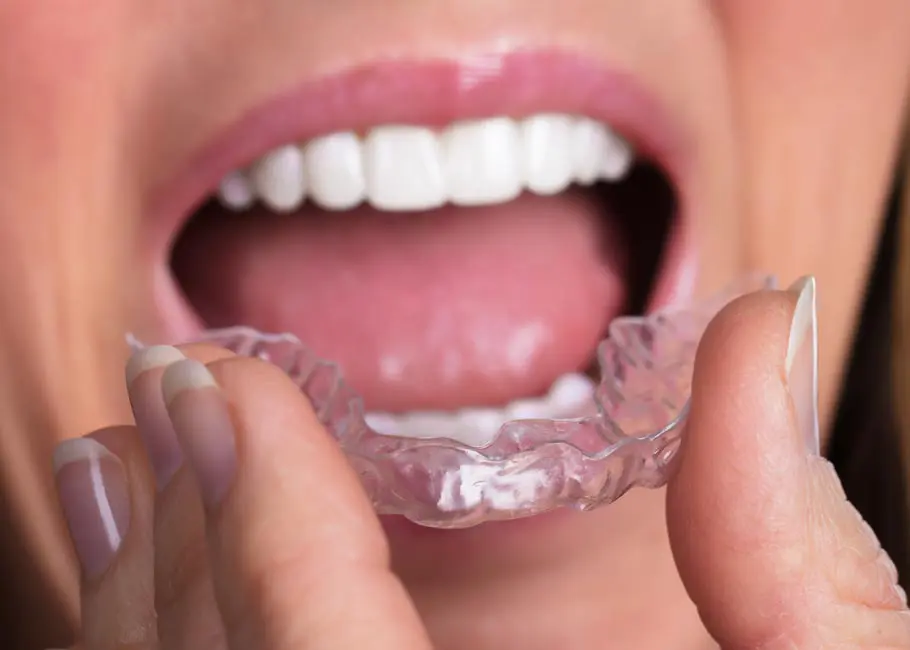Treatments
Anti Grinding Devices
Anti-grinding devices prevent teeth grinding (bruxism) and clenching. They include mouthguards, splints, and dental appliances. These devices provide a barrier between teeth, reducing wear, jaw pain, and headaches. Customisation and proper fit are crucial for effectiveness. Consultation with a dentist is recommended for diagnosis, treatment, and device selection.
How it works
Anti-bruxism devices work by providing a protective barrier between the upper and lower teeth, preventing grinding and clenching. This helps reduce tooth wear, jaw pain, and headaches associated with bruxism. Custom-fitted devices cushion the impact and promote proper jaw alignment, while electronic devices may alert users to bruxism episodes for behavioural modification.
Why it helps reduce your pain
Unlike a typical over the counter night guard, I formulate a fully calibrated device for my patients. This requires adjustment over multiple visits and aims to relax the jaw and associated muscle apparatus to improve symptoms, well-being, and mouth opening. Sometimes we can also use muscle relaxant treatment to further ease tension in the muscles.
This combined approach is the miracle recipe to be able to alleviate jaw pain, whilst also having a secondary effect on improving the shape of the jaw, as it has a slimming effect when the muscles are tension free and not being overworked.
Book a Consultation
At a glance

Treatment
Frequently asked questions
How do anti-bruxism devices work?
Explanation of how these devices provide a barrier between the upper and lower teeth, preventing grinding and clenching during sleep or while awake.
What types of anti-bruxism devices are available?
Overview of different options such as mouthguards, splints, occlusal guards, and dental appliances, including their features and functions.
Are anti-bruxism devices effective?
Discussion of the effectiveness of these devices in reducing tooth wear, jaw pain, and headaches associated with bruxism, supported by research or user testimonials.
How do I choose the right anti-bruxism device for me?
Guidance on factors to consider, including customization, fit, comfort, and the severity of bruxism symptoms, and the importance of consulting with a dentist or healthcare professional for personalized recommendations.
Are over-the-counter (OTC) anti-bruxism devices effective?
Explanation of the differences between custom-fitted devices made by dentists and OTC options, including their effectiveness, customization, and comfort.
Testimonials
What our patients say...
Lorem ipsum dolor sit amet, consectetuer adipiscing elit, sed diam nonummy nibh euismod tincidunt ut laoreet dolore magna aliquam erat volutpat wisi enim.
Lorem ipsum dolor sit amet, consectetuer adipiscing elit, sed diam nonummy nibh euismod tincidunt ut laoreet dolore magna aliquam erat volutpat. Ut wisi enim ad minim veniam, quis nostrud.
Scott Baker, Blow Media
Lorem ipsum dolor sit amet, consectetuer adipiscing elit, sed diam nonummy nibh euismod tincidunt ut laoreet dolore magna aliquam erat volutpat wisi enim.
Lorem ipsum dolor sit amet, consectetuer adipiscing elit, sed diam nonummy nibh euismod tincidunt ut laoreet dolore magna aliquam erat volutpat. Ut wisi enim ad minim veniam, quis nostrud.
Chris Wray, Blow Media
